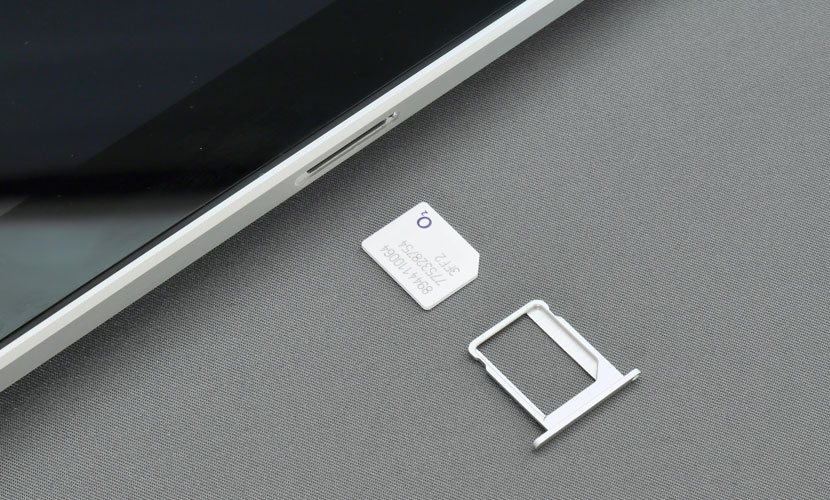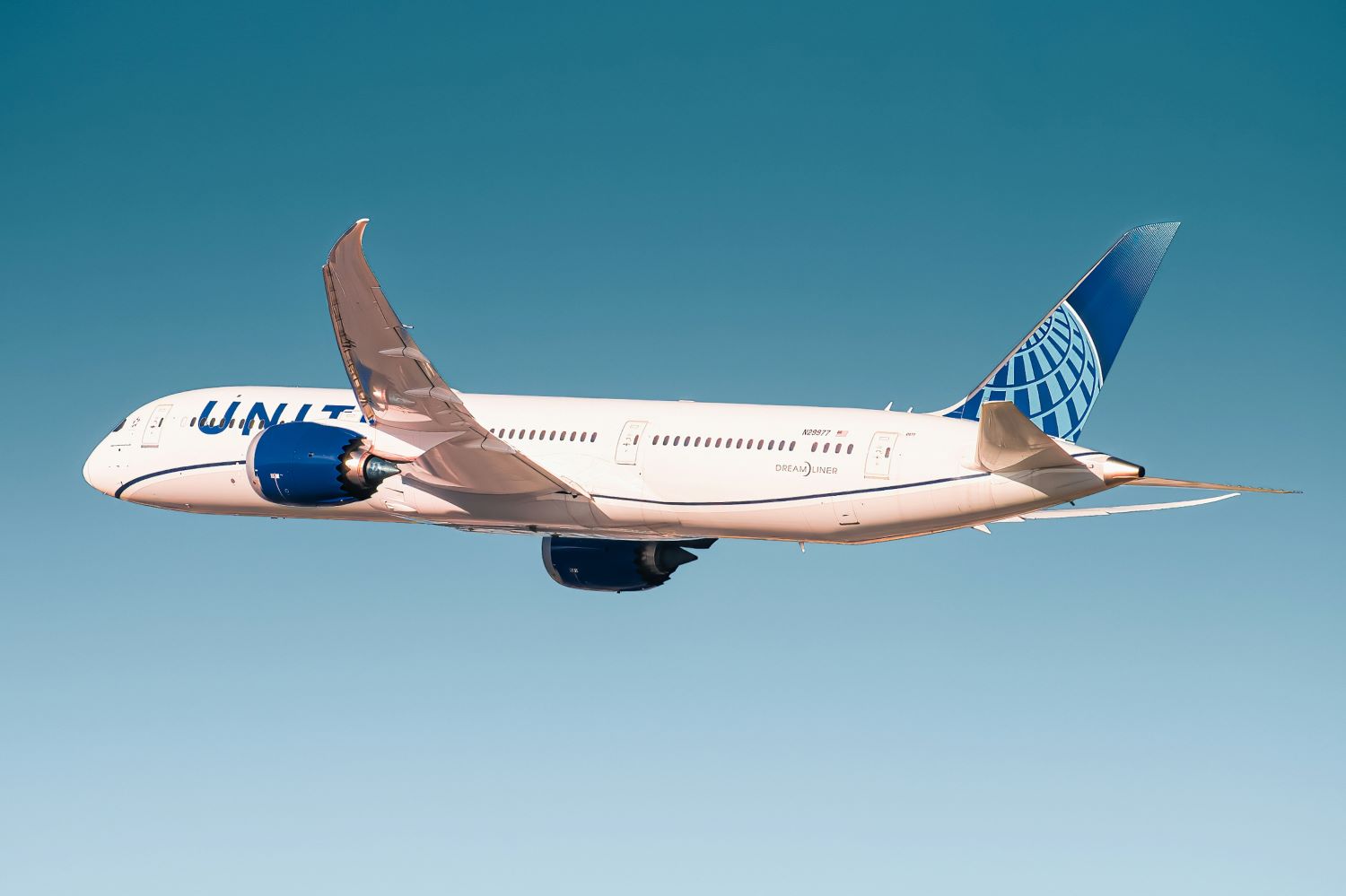Using SIM and eSIM Cards to Stay Connected For International Travel
PointsCrowd is a community-supported platform. When you apply for a credit card, make an order, or otherwise interact with the advertisers through the links on this page we may earn an affiliate commission. This helps us maintain and develop the platform further at no cost to you.
Stay connected during your travels with the proper SIM card! No more wandering around the airport for the best free wifi signal or a kiosk to buy local data. With SIM and eSIM capabilities, you’ll automatically be connected once you land, so you can continue your conversations hassle-free to let everyone know you’ve arrived.
Mobile phone technology improves constantly, and the barriers to accessing data internationally have never been simpler. Let’s explore one of the must-have tools for the next time you travel abroad.
SIM vs. eSIM
Frequent travelers are familiar with the pain point of adding expensive mobile data to their phone plans before a trip or the hassle of switching their phone’s SIM card every time they cross a border. But what if there was a way to save time and money during your travels?
SIM cards and eSIM cards take away the worry of thinking about your phone data. A SIM card is a physical card put in your phone that allows you to access a country’s local cell data networks. An eSIM works similarly, except that it has no physical card and is instead installed directly onto your phone. Unfortunately, while eSIM cards are becoming more popular for phone devices, not all phones can use them.
Things to Know About SIM Cards While Traveling
SIM cards are a traveler’s best friend when staying connected while abroad. While they’ve undoubtedly gotten smaller over the years, their use and coverage have expanded globally. The major US phone service providers—T-Mobile, Verizon, and AT&T—deliver their data through SIM cards installed into phones via a SIM card tray. You can find these trays on Apple, Android, Google Devices, Huawei, and many other mobile phones. Of course, adding international data to your current data provider is always an option. But the introduction of traveler-friendly SIM cards has introduced a host of other benefits, often for a fraction of the price.

The main benefits of physical SIM cards are:
- Phone Compatibility
- Availability
Phone Compatibility
SIM card trays are widely used across phone devices, even for older models. It makes it easy to switch your host country SIM card with an international SIM card once you arrive at your destination. Newer phone models feature SIM card trays capable of holding cards of different sizes and even trays designed to hold two SIM cards simultaneously!
Availability
Physical SIM cards are still the global standard and widely available regardless of where you’re traveling. Travelers can find kiosks in most major airports to purchase a local SIM card upon arrival. Also, mobile shops, grocery stores, and retailers in busy tourist areas have physical SIM cards available that provide local data on your phone. These SIM cards come in prepaid package options offering a specified amount of data for a period of time.
One of the biggest disadvantages to physical SIM cards, however, is installation. Using it often requires removing your current SIM card, which can be easily lost due to its size. But did you know you can use one SIM card to access data anywhere you go? Drimsim is one of the top universal SIM cards on the market providing mobile data in 190 countries for as low as $0.01 per MB. And you only pay for what you use with no monthly or hidden fees!
Things to Know About eSIM Cards While Traveling
Do you have a newer phone model as of the past few years? It may have capabilities to use one of the latest advancements in SIM card technology: eSIM. An eSIM is a virtual SIM card directly on your phone that works just like its physical counterpart.
Some phones have already begun to remove the physical SIM card tray altogether—most notably the iPhone 14 and the updated Motorola Razr. It’s a signal that the eSIM feature will soon become standard for mobile devices. Luckily, there are eSIM options for travelers already available that travelers can take advantage of today.
Since they both function similarly, convenience is the main benefit of using an eSIM instead of a physical SIM.
The Airalo eSIM is one of the most popular for travelers. It’s an app that installs an eSIM on your phone and allows access to data in more than 200 countries. It offers data plans starting at $4.50 for 1 GB over seven days but also has data options for up to 20 GB and can be topped off at any moment right from your phone.

Also, eSIMs work immediately once you arrive in a new country without physically swapping out a SIM card in your phone.
Which Should You Use?
With both physical SIM cards and eSIM cards providing access to mobile data abroad, either is a great option. Using a physical SIM card is often cheaper when purchased locally, but these are often prepaid plans. Paying a slightly higher rate for an eSIM or universal SIM card can be worth it for the convenience that they offer.
Also, consider your phone’s capabilities. Physical SIM cards are still the standard, but mobile devices are progressing towards eSIM technology, and a physical SIM card tray may not even be available. Be sure to check compatibility before purchasing a SIM card.
Long gone are the days of seeing expensive phone bills at the end of the month due to international roaming. SIM and eSIM cards make using data abroad simple for all travelers. So whether you need an Uber from the airport to your accommodation or loading up a map to the nearby attractions, you’ll have all the data you need in the palm of your hands.


